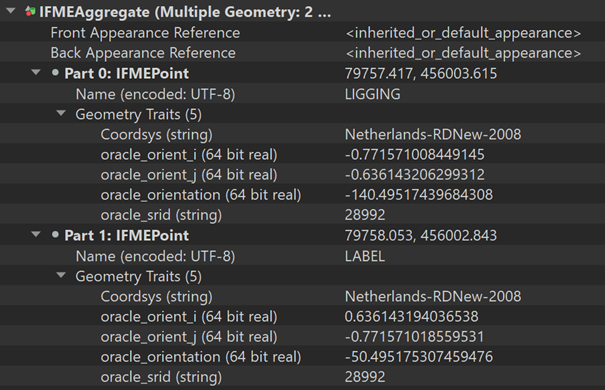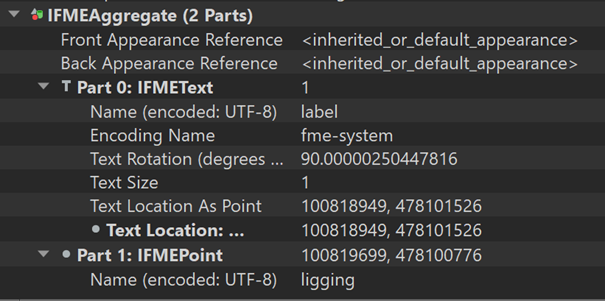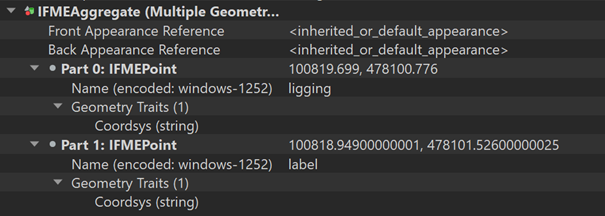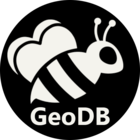The task is to migrate data from smallworld and oracle to sql-server.
The data contains multiple geometry columns. So I've followed Writing to Database Tables that contain Multiple Geometry Columns
I managed to insert the records but the geometry trait information is missing.
Here is an example of Oracle: And here an example of Smallworld:
And here an example of Smallworld:
 The FME translation results in sql server:
The FME translation results in sql server:
 So the traits information is lost.
So the traits information is lost.
Can I keep the trait information stored in Smallworld as "Text Rotation" or in Oracle called "oracle_orientation" into the sql db?
Is there an sql-server equivalent?
Best answer by markatsafe
View original




